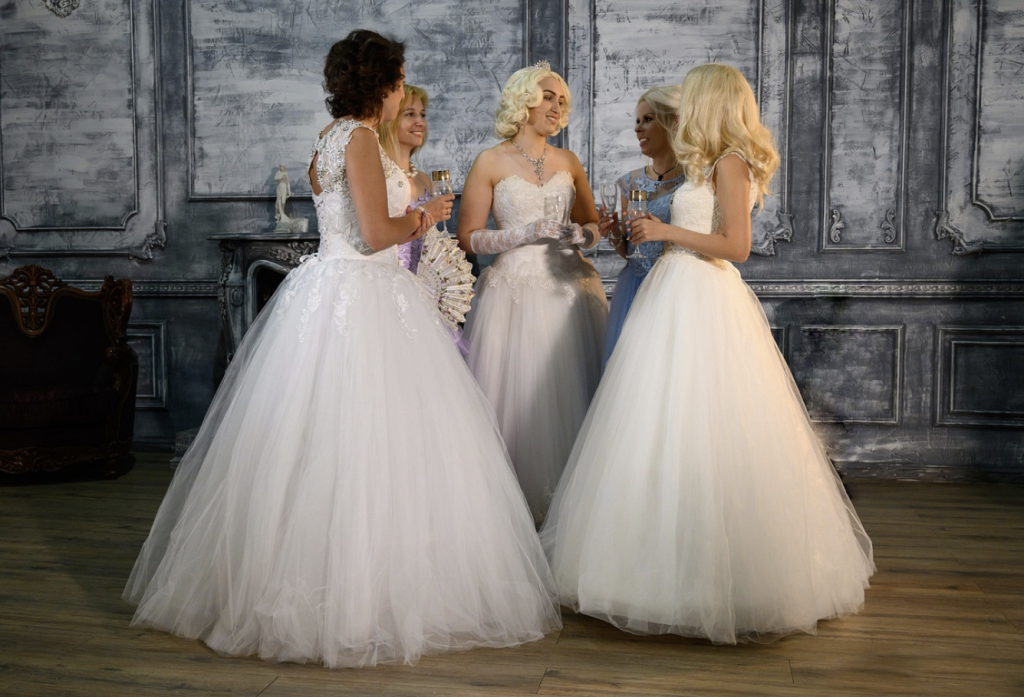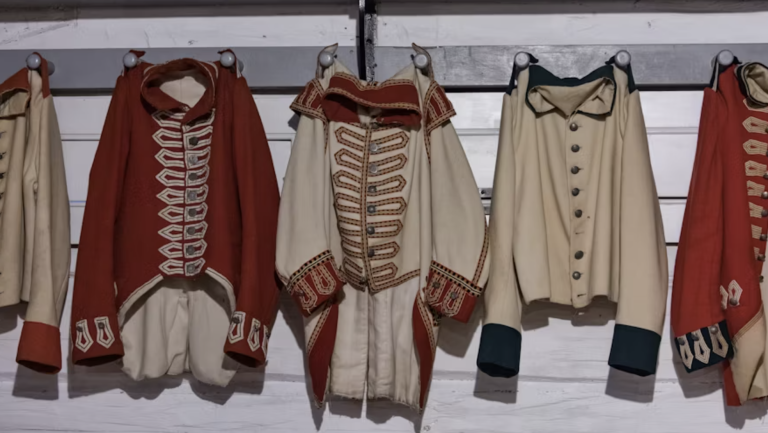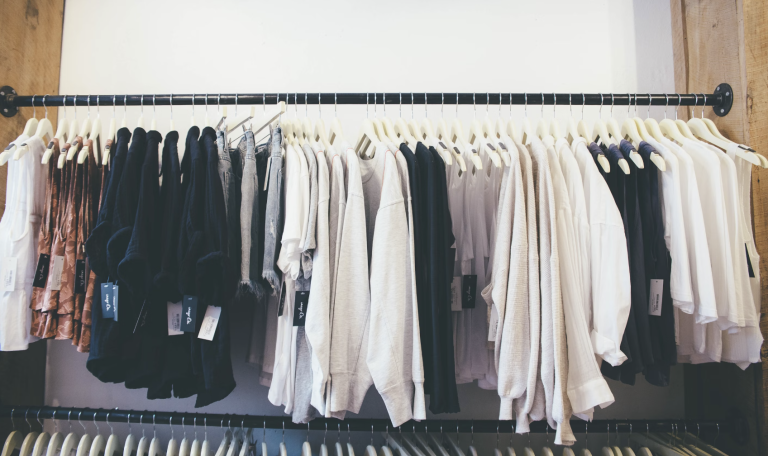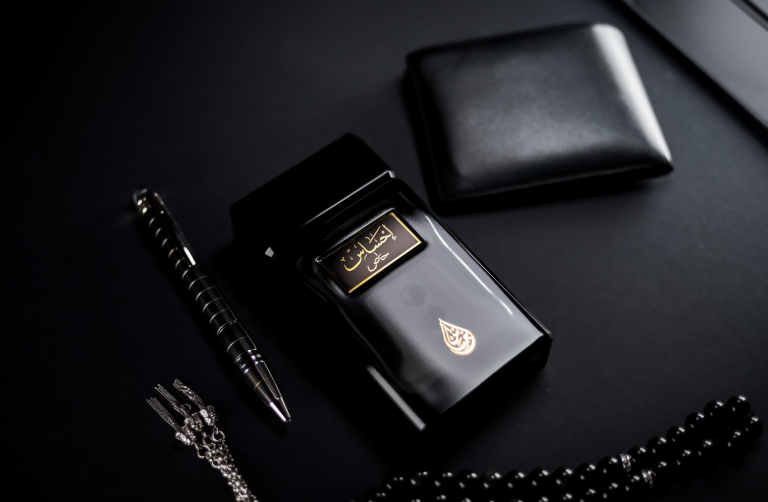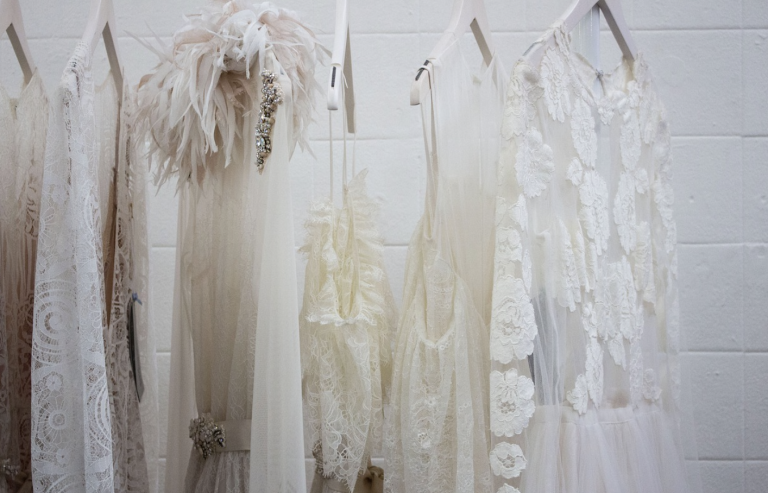
What is Couture?
Couture, often seen as the pinnacle of fashion design, refers to the creation of high-end, custom-made clothing crafted with meticulous attention to detail. Haute couture garments are exclusive, luxury items that are tailored specifically for an individual client. These designs often push the boundaries of creativity and innovation, showcasing not only the designer’s skill but also their ability to blend artistry with fashion. Couture is more than just a piece of clothing—it’s an experience, a symbol of opulence, and a testament to the designer’s dedication to craftsmanship.
The Morning Routine of a Couture Designer
A day in the life of a couture designer starts early. It’s not uncommon for designers to rise before dawn, preparing themselves mentally for a long, demanding day ahead. The morning usually begins with a quiet ritual—checking emails, reviewing schedules, and possibly drawing inspiration from fashion magazines or runway shows from around the world. But for most designers, this is also a time to tap into the emotional and conceptual side of their work. Inspiration may strike in the form of an early morning walk, a conversation, or even a piece of art. For a couture designer, every detail counts, and every moment is an opportunity for new ideas.
The Importance of Inspiration
Inspiration is the heart of the creative process for any designer, especially those working in couture. It can come from the most unexpected places—nature, history, architecture, or even personal experiences. For couture designers, it’s about turning fleeting thoughts into tangible designs. A simple flower can inspire an intricate lace pattern, or a classic painting might influence the structure of a gown. The key is not just finding inspiration, but transforming it into a unique and wearable masterpiece.
The Creative Process
The creative process of a couture designer is intense and detailed. Once inspiration is gathered, the designer moves into the conceptual phase—sketching and drawing rough ideas. These initial sketches are often very free-form, capturing the essence of the design without the restrictions of fabrics or fit. From here, the designer begins to refine their ideas, focusing on the elements of the garment that will make it stand out. The balance between creativity and technicality is crucial, and each design must adhere to the designer’s signature style while pushing the limits of innovation.
Translating Ideas into Design
Turning a concept into a final design requires a deep understanding of both fashion and construction. Couture designers must know how to manipulate fabrics, textures, and silhouettes to bring their ideas to life. They begin with a rough sketch and move on to choose materials that best represent the concept. Fabric selection is one of the most critical stages, as the choice of material will not only affect the final look but also the overall feel and flow of the garment.
Fabric Selection and Sourcing
In couture, fabric selection is a deliberate and often time-consuming process. Fabrics are sourced from all over the world, often from luxury suppliers or exclusive textile mills. A designer may choose silk from Italy, lace from France, or velvet from a specialty supplier. Each fabric is carefully chosen for its texture, color, and durability. Some designers even have exclusive fabrics created just for their collections, ensuring that their creations remain entirely unique.
The Role of the Atelier
The atelier is where the magic happens. This space, often a combination of design studio and workshop, is home to skilled seamstresses, pattern makers, and tailors who bring the designer’s visions to life. Here, the designer works closely with their team, overseeing every detail of the garment’s construction. The atelier is where ideas become reality, but it’s also a place of collaboration—designers and their teams share insights, make adjustments, and refine the designs until they are perfect.
The Team Behind the Designer
A couture designer’s team plays an essential role in turning a vision into a wearable garment. It takes a highly skilled group of individuals to make a couture collection come to life. This includes pattern makers who create the blueprints for each garment, seamstresses who stitch the intricate designs, and assistants who help with research, sourcing, and organization. The relationship between the designer and their team is vital for the success of a couture collection. The designer’s ability to communicate their ideas clearly and the team’s technical expertise ensure that every piece is crafted to perfection.
Fitting Sessions: A Couture Designer’s Touch
Fittings are one of the most critical parts of the couture process. A designer spends hours working with their clients to ensure that the garments fit perfectly. Unlike ready-to-wear collections, which are made in standard sizes, couture pieces are made to measure. Every inch of the garment is adjusted to suit the individual’s body shape, ensuring a flawless fit. These fittings are an opportunity for the designer to fine-tune every detail—whether it’s adjusting the neckline, length, or sleeve fit. The goal is not just a perfect fit but also a garment that makes the client feel like they are wearing something truly unique and luxurious.
Crafting the Perfect Fit
A couture designer’s ability to craft a perfect fit is one of their most important skills. Through a combination of skillful pattern making, meticulous adjustments, and expert tailoring, the designer ensures that the garment is both flattering and comfortable. This process can take several fittings, as the designer works closely with the client to achieve the exact look and feel that they envision. The perfect fit is the foundation of every couture garment, as it brings out the beauty of the design and allows the wearer to feel confident and elegant.
The Precision of Hand-Stitching
One of the defining features of couture is the use of hand-stitching. Unlike mass-produced garments, which are often made using machines, couture garments are sewn by hand to ensure the highest level of precision. Hand-stitching allows for greater attention to detail, with every seam and stitch carefully crafted. This meticulous process ensures that each garment is not only beautiful but also durable, with the ability to stand the test of time.
Managing Client Relationships
A successful couture designer knows how to manage client relationships. These relationships are built on trust, communication, and an understanding of the client’s needs and desires. For many couture clients, the design process is an intimate experience, and the designer must be able to guide them through every step—from the initial consultation to the final fitting. Personalizing the experience and understanding the client’s personality and preferences are key to creating a garment that resonates with them on a deeper level.
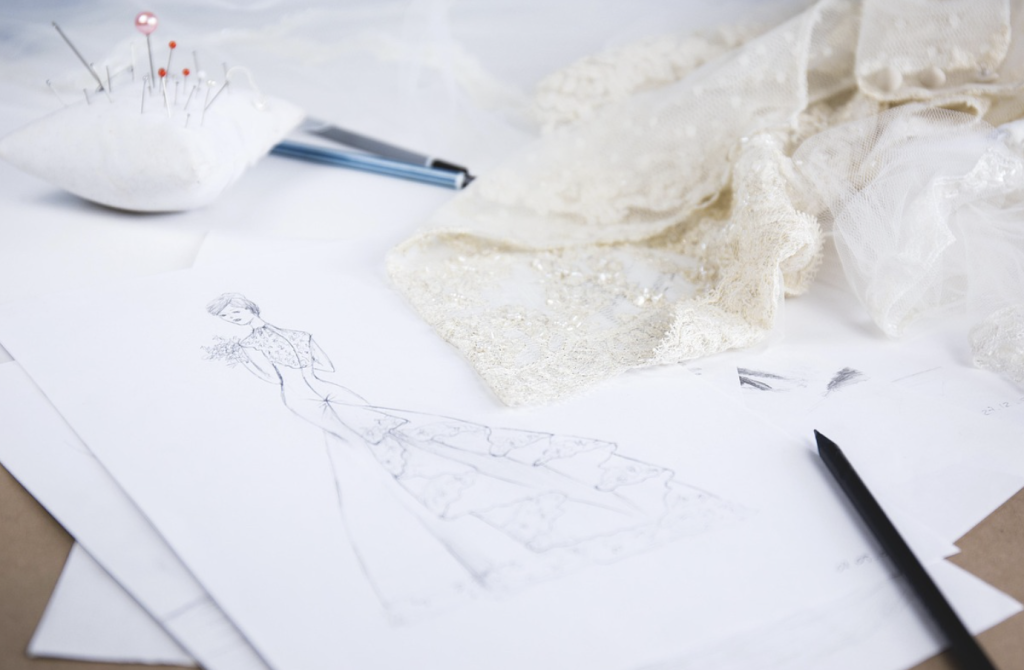
The Personal Touch in Couture
What sets couture apart from other types of fashion is its personal touch. A couture designer’s work is all about creating something bespoke and tailored to the individual. This personal connection between designer and client is what makes the couture experience so special. Whether it’s a wedding gown or a red-carpet dress, the designer’s role is to create something that tells a unique story—one that is an extension of the client’s personality and style.
The Challenges of a Couture Designer
Creating couture collections is not without its challenges. Designers must contend with tight deadlines, demanding clients, and high expectations. Couture is often a time-consuming process, and many designers face immense pressure to deliver flawless designs on schedule. Budget constraints can also pose challenges, especially when working with exclusive fabrics or intricate detailing. But for those who thrive on perfectionism, these challenges are part of the allure of couture—pushing the boundaries of what is possible to create something truly extraordinary.

Time, Budget, and Perfection
The constraints of time and budget are constant factors in a couture designer’s life. Creating a couture collection often takes months of preparation, and the pressure to meet deadlines can be overwhelming. With each garment requiring significant time and effort, designers must carefully manage their resources to ensure that they can meet the expectations of both their clients and the fashion industry. Despite these challenges, the pursuit of perfection remains a driving force for many couture designers, and the end result is always worth the effort.
The Final Showcase: From Creation to Presentation
The culmination of a couture designer’s hard work is the fashion show. This is the moment when all the designs come together to be showcased to the world. Behind the scenes, the designer works tirelessly to ensure that every detail is perfect—from the fit of the garments to the styling and presentation. The final showcase is not just about the clothes; it’s about creating an experience that captivates the audience and showcases the designer’s unique vision.
Preparing for a Fashion Show
Preparing for a fashion show is an exhaustive process. Designers must oversee the final fittings, work with models, coordinate with stylists, and ensure that everything is in place for the big day. Every detail counts, from the lighting to the music, and the designer’s role is to ensure that their collection is presented in the best possible light. This is often a stressful time, but it’s also the moment when the designer’s creativity is showcased for the world to see.
Conclusion: The Life of a Couture Designer
Being a couture designer is no easy task—it’s a demanding career that requires a blend of creativity, technical skill, and business acumen. From the early morning routines to the final fashion show, every day is an opportunity to create something extraordinary. The life of a couture designer is not just about designing garments; it’s about crafting pieces of art that will be worn and admired for generations to come.
FAQs
- What makes couture fashion different from ready-to-wear fashion? Couture fashion is custom-made and tailored to an individual’s measurements, while ready-to-wear is mass-produced in standard sizes.
- How long does it take to create a couture garment? It can take several weeks or even months to complete a couture piece, depending on the complexity of the design.
- How much does a couture dress cost? Couture dresses can range in price from thousands to hundreds of thousands of dollars, depending on the designer and materials used.
- Can anyone buy couture clothing? Couture clothing is typically available only to high-end clients who commission the pieces, though some designers may produce limited collections for retail.
- What skills are necessary to become a couture designer? A couture designer needs to be highly skilled in pattern making, tailoring, fabric sourcing, and having an acute sense of fashion and creativity.
